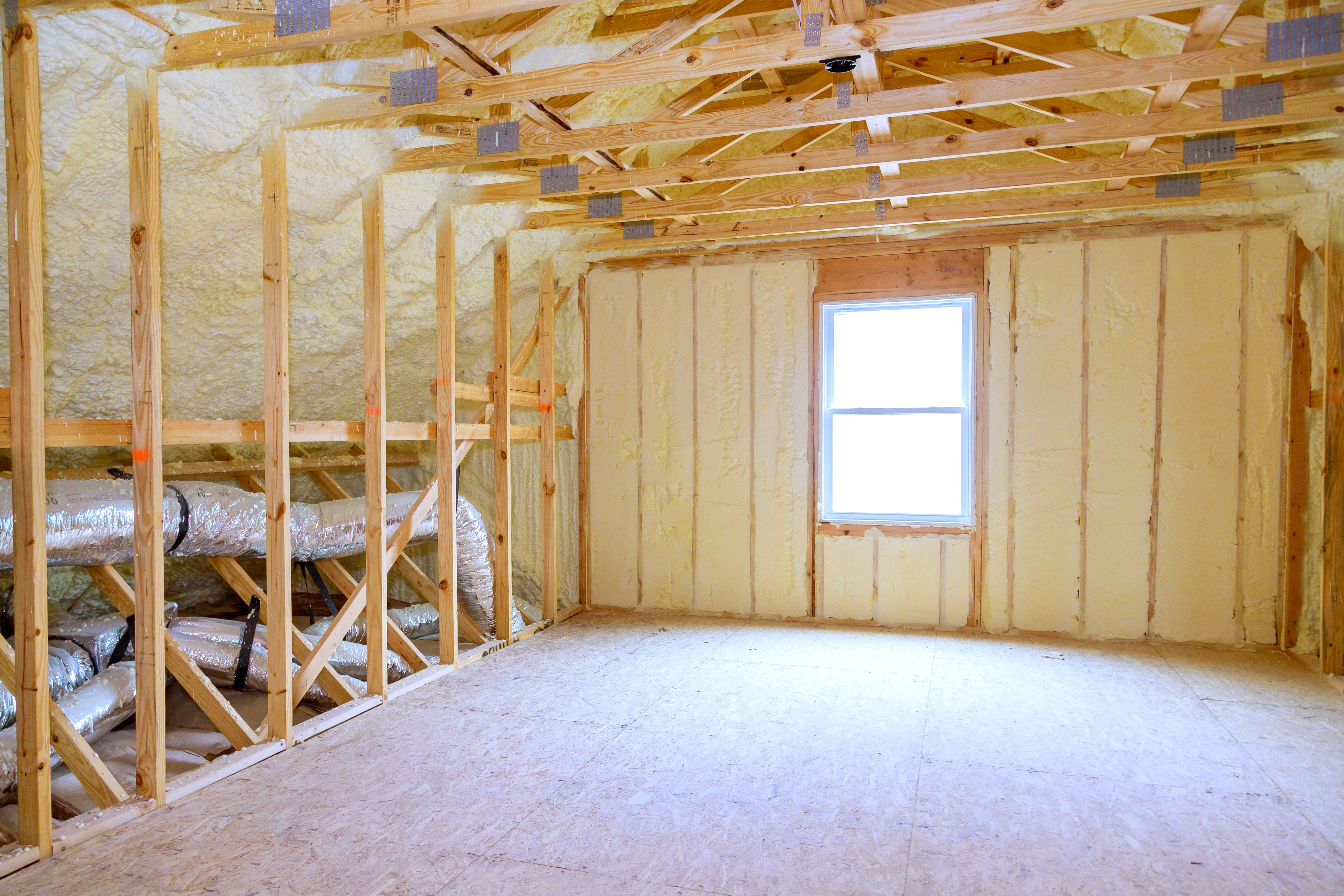Different Types of Insulation for Temperature Control
Understanding the Importance of Insulation
Insulation plays a crucial role in maintaining comfortable indoor temperatures throughout the year. Whether dealing with scorching summer heat or chilly winter nights, the right insulation can significantly impact energy efficiency and comfort levels in your home. Understanding the different types of insulation available can help you make an informed decision for your specific needs.

Fiberglass Insulation
Fiberglass is one of the most commonly used materials in residential and commercial buildings due to its affordability and ease of installation. Made from fine strands of glass, fiberglass insulation is available in batts, rolls, and loose-fill forms. It effectively traps air, reducing heat transfer and providing excellent thermal performance. However, it’s important to handle fiberglass with care, as the fibers can irritate the skin and respiratory system.
Spray Foam Insulation
Spray foam insulation provides a high level of thermal resistance and is particularly effective at sealing gaps and cracks. Applied as a liquid that expands into a solid foam, it creates an airtight barrier that minimizes air leakage and improves energy efficiency. There are two main types: open-cell and closed-cell spray foam. Open-cell is lighter and less dense, while closed-cell offers higher insulation values and moisture resistance.

Cellulose Insulation
Made primarily from recycled paper products, cellulose insulation is an eco-friendly option that provides excellent thermal performance and soundproofing capabilities. It is treated with fire retardants to enhance safety. Cellulose is typically blown into wall cavities or attics, filling spaces effectively to reduce air leaks. Its high density makes it particularly effective in colder climates.
Rigid Foam Insulation
Rigid foam boards are versatile insulation materials that provide a high insulating value for relatively little thickness. Common types include expanded polystyrene (EPS), extruded polystyrene (XPS), and polyisocyanurate. These boards can be used in various applications, from walls and roofs to foundations. They also offer added structural support and moisture resistance, making them suitable for both above-ground and below-ground installations.

Reflective or Radiant Barrier Insulation
Reflective insulation systems utilize reflective surfaces such as aluminum foil to reflect radiant heat away from living spaces. This type of insulation is most effective in hot climates where it can significantly reduce cooling costs by preventing heat gain. Installed in attics or under roofs, radiant barriers work best when combined with other forms of insulation to address different types of heat transfer.
Choosing the Right Insulation
When selecting the ideal insulation for your home or business, consider factors such as climate, budget, installation method, and environmental impact. Consulting with a professional can help you assess your specific needs and ensure optimal performance. Remember, investing in quality insulation not only enhances comfort but also reduces energy consumption and utility bills over time.
In conclusion, understanding the properties and benefits of various insulation types is essential for making an informed decision. By choosing the right insulation material, you can achieve significant improvements in temperature control and overall energy efficiency.
Commercial Kitchen Marketplace
Your one-stop online destination for equipping professional kitchens. Discover a wide selection of durable, high-quality commercial-grade appliances, from heavy-duty ovens and refrigeration units to efficient food preparation tools and essential kitchenware. Visit our store: http://avice.org
